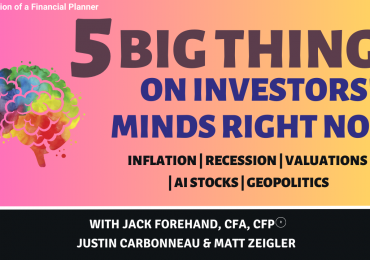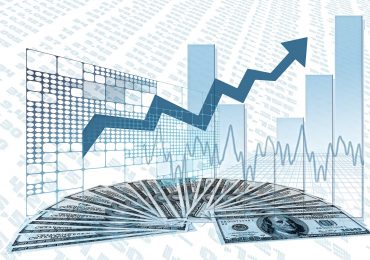A pattern has emerged over the last decade in which value share performance has increased when the yield curve has steepened, a relationship that represents changes in investor behavior. This according to an article in The Wall Street Journal.
The discovery has answered investor questions as to why in September, when the overall market was calm, value stocks rallied versus growth. “That correlation, nonexistent 10 years ago, has become more pronounced,” the article reports, “especially since 2016, according to several investors and analysts.” The article adds that some say this trend could “determine whether value stocks will outperform growth in the years ahead.”
The article cites possible reasons for the tightening relationship between bond yields and value stocks, including:
- Investors have become more wary of companies that might “struggle to access funding during a slowdown.”
- Treasury yields may be “sending different signals than in the past. The article quotes Goldman strategist Christian Mueller-Glissman, who says yields are now more affected by sustained demand for long-term government bonds, in part because the society is aging, and people tend to move savings from equities into bonds as they near retirement.”
- While in the past, yield curves have flattened when central banks raised rates (lifting short-term yields), investor nervous about a slow growth “Japanification” of the U.S. economy might be gravitating toward the safety of long-term bonds and forcing yields down.
- The increased use of factor investing might be accentuating the link between value stocks and bonds—as investors have flocked into the growth factor and out of value, positions have become crowded “in terms of both investors backing growth and betting against value.” According to JPMorgan analysts, the September boost in value was driven more by hedge funds exiting value bets than by investors buying into those companies.








